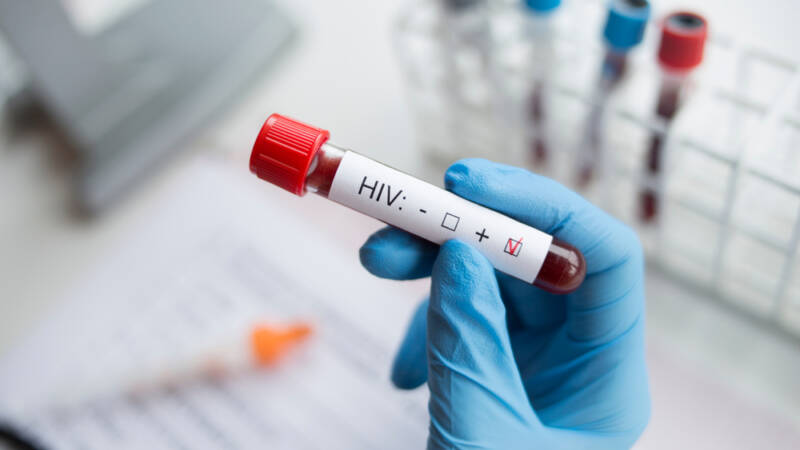Do You Know These Early Signs of HIV?

HIV (Human Immunodeficiency Virus) currently affects around 1.2 million Americans. It’s estimated that around 14 percent of people living with HIV do not know they have been infected with the virus. Over time and if left untreated, HIV can develop into an incurable disease called AIDS (Acquired Immune Deficiency Syndrome), which is ultimately fatal.
What Is HIV?
HIV is a virus which gradually breaks down defensive cells in a carrier’s immune system. The virus is transmitted from person to person via bodily fluids such as semen, vaginal fluids, anal mucus, breast milk and blood. A person can become infected with HIV as a result of:
- Having vaginal or anal sexual intercourse
- Sharing a needle with an infected person (i.e. tattoos, piercings, medical injections, drug use)
- Having HIV infected body fluids enter their body through an open wound
Early Signs and Symptoms
There are three stages to the virus. The first few weeks after infection is called the acute infection stage. While some people don’t experience any noticeable signs, many people experience flu-like symptoms in those early stages. Unfortunately, because of the similarities because flu and HIV symptoms, it’s common for those who have been infected – and sometimes even their doctors – to not realize.
All symptoms usually disappear within a few months as the person enters the second stage, known as clinical latency or the chronic stage. People infected with the HIV virus often don’t experience further symptoms until the third and final stage – AIDS – begins. The symptoms of AIDS include:
- Unexplained weight loss
- Persistent fever
- Tiredness and fatigue
- Persistent swelling of lymph glands in the neck, groin, or armpit
- Persistent diarrhea
- Purple, brown, pink, or red patches on the skin
- Sores on the genitals or in the mouth
- Neurological disorders, depression, and memory loss
The Progression of HIV
On average, it takes around ten years for HIV to develop into AIDS. An HIV carrier is said to have developed AIDS when their immune CD4 cell count drops below 200 cells per cubic millimeter of blood. When this happens, the immune system begins to break down and loses its ability to fight off infections. This means that relatively harmless bacteria and viruses become serious, and eventually cause death.
Testing
All the symptoms associated with AIDS can be caused by other illnesses. Getting tested is the only way to know for certain whether you have the disease or are carrying the HIV virus. The CDC recommend that everybody between the ages of 13 and 64 get an HIV test at least once during their lifetime. People who fall into high risk categories should be tested more frequently. This includes:
- Gay or bisexual men
- Sex workers
- Intravenous drug users
- Any person diagnosed with or treated for tuberculosis or hepatitis
HIV tests are performed on blood or saliva. At-home finger prick tests and saliva testing kits are available, which can provide results in 30 minutes or less.
Treatment
Though HIV cannot be cured, there is treatment available that can slow the progression of the virus, keep the immune system strong enough to fight and reduce the risk of transmitting HIV to others. This effectively delays the onset of AIDS and extends the infected person’s life expectancy. It should be started as soon as possible after infection.
The drugs used to treat HIV are called antiretroviral therapy (ART), which is a combination of daily medications that stop the virus from reproducing. When ART is effective, the viral load in an infected patient’s body is undetectable, even though they still technically have the virus.
There are quite a number of antiretroviral medications, which ultimately fall into six groups:
- Entry inhibitors
- Fusion inhibitors
- Nucleoside reverse transcriptase inhibitors (NRTIs)
- Non-nucleoside reverse transcriptase inhibitors (NNRTIs)
- Protease inhibitors
- Integrase strand transfer inhibitors
What regime of medications a person is prescribed will depend on what combination a doctor believes will best prevent the virus’ progression, though it’s common to begin on a regimen of three HIV medications from at least two of the above groups.
Talk To Your Doctor
Speak to your doctor about arranging an HIV test if you have not yet had one. Antiretroviral drugs can delay the onset of AIDS and are more effective the earlier treatment is started.